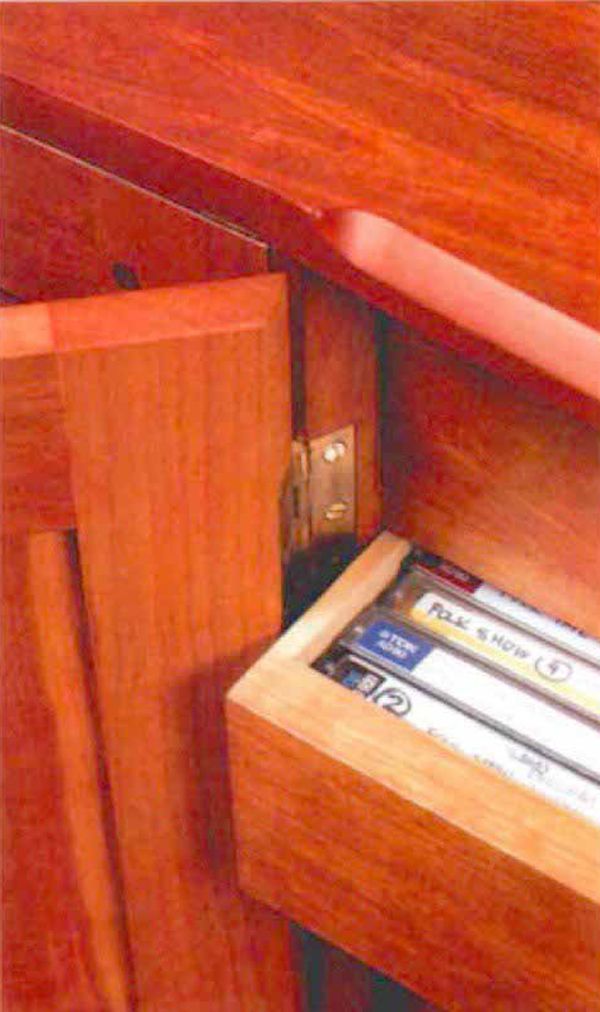Hanging Butt Hinges, Unconventionally
Three unusual applications for this most basic kind of cabinet hardware
Synopsis: Practical or aesthetic considerations sometimes lead to different approaches to installing hinges, writes craftsman Stephen Lamont. Here, he explains how to put in butt hinges in different ways: how to bevel doors to hide drawers behind them, how to set in doors from the cabinet face, and how to bead stiles to match the knuckles. In the last method, the leaves are cut in at an angle, but the door fits flush with the front face of the cabinet. The drawings and photos that accompany each explanation clearly illustrate Lamont’s descriptions.
Several years ago, I moved to Devon, England, with my wife and son to study with an excellent craftsman and teacher named Christopher Faulkner. He taught me the basics of furniture making, one by one. I remember spending hours painstakingly cutting the mortises for my first set of butt hinges on a tool cabinet that I still use.
As with most of what I learned back then, the process of installing those hinges was pretty exciting. Yet, in some ways, it’s even more so now because of some of the unusual design details that have come up in my work. Practical or esthetic considerations sometimes lead to different approaches to installing hinges.
Hanging Doors in Front of Drawers
I received a commission a few years ago to build a stereo cabinet. The clients had a collection of audio tapes and compact discs, and they wanted room for more. So I had to design a bank of drawers within the cabinet, behind the doors. With a conventional butt-hinge installation, the inset door would have to open a full 180° for the drawers to clear the hinge stile. That would make the simple task of pulling out a tape or compact disc impractical and inconvenient.
My solution to this problem was to bevel both the door stile and the mating surface of the cabinet. It’s the location of the hinge pin that determines the path of a swinging door. The bevels effectively moved the hinge pin away from the path of the drawer so that the door could swing clear of it when opened only a bit more than 90°, as shown in the photo at right.
Doors Set in from the Cabinet Face
Sometimes, the design of a cabinet will require that the doors be set back from the front face of the carcase. In such cases, you could mortise the hinge into the carcase as you would if the door were flush with the front. This locates the pin all the way out to the front edge of the carcase, so the door swings freely and opens all the way. But doing that would make the hinge look unsightly; too much of the leaf would be exposed, as shown in the drawing at left.
A more attractive solution is one I learned from a book by Ernest Joyce, The Technique of Furniture Making (published as Encyclopedia of Furniture Making in the United States by Sterling Publishing Co., New York, N.Y.). It’s a little complicated and more difficult to cut the mortise because you have to cut it in at an angle. The key here is to make sure the pivot point of the hinge is in line with the front of the door. Mortise the knuckle entirely into the door stile at the front, and mortise the leaves equally into the edge of the door stile and the cabinet side at the back, as shown in the drawing at right.
From Fine Woodworking #121
For the full article, download the PDF below:
Fine Woodworking Recommended Products

Festool DF 500 Q-Set Domino Joiner

Bessey EKH Trigger Clamps






















Log in or create an account to post a comment.
Sign up Log in